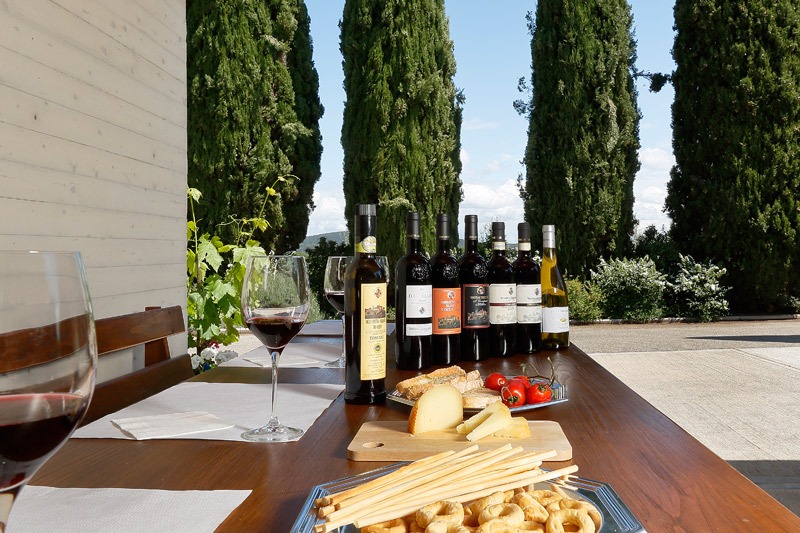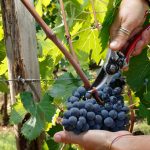Wine is a manifold product that keeps natural and cultural elements in itself. It can be drunk as any other drink, to match a food while having dinner with our friends or it can be tasted in a professional way, to value all its organoleptic qualities and deliver a judgement.
In this article, we are trying to outline some elements to suggest a “third way”, that is neither that of the careless table-companion, nor that of the skilful technician.
A way to taste wine that everyone can easily understand and, above all, that can promote a greater consciousness (and greater pleasure, obviously!).
From a practical point of view, now almost everybody knows the typical sequence of wine tasting: first the visual test, then the olfactory one and finally the gustative test. Here we don’t want to dwell upon every step, but we want to point out three aspects, or conditions, that can foster a better experience to approach wine in general:
1. TIME: haste is an enemy in many situations, but it is even more, when you are going to taste a wine. In fact, this needs time and patience in waiting for the wine to disclose all its features in fragrance and taste. Some wines seem to say nothing by the first olfactory or gustative test, but shortly afterwards, they open up and let their qualities come out. So please take the necessary time and calmness, maybe in a quiet place, without noises.
2. KNOWLEDGE: as we were saying before, wine is not simply a drink. It is the expression of a territory, of its history, of all those craftmade practices that were carried out to produce it. To know these aspects helps us to understand why a wine has got a certain taste and not another and even to understand the richness of diversity. So, if possible, when you taste a wine, make also room for the story about it told by the person who knows it well, maybe because he/she has produced it. Or simply get information about its origins.
3. ATTITUDE: if we do not belong to a committee that has to judge a wine, perhaps the best way to taste it, is to be open-minded, ready to welcome it and to be surprised by it. In other words, we’d better not have prearranged expectations about how a certain wine should be, so that we can concentrate on the feelings that it gives us at that very moment, on what it wants to communicate to us.
These are only a few hints which can be useful for a more conscious and pleasant tasting. What matters, as always, is practice, and creating the right opportunities as well.
If you want to experiment directly this approach, you have this possibility here in Trecciano!
For any information about our tastings see: Visits – or contact us: info@trecciano.it











I love your approach! I have often been put off by stern lectures from sommeliers about the technicalities and chemistry of wine making. I have visited Tenuta di Trecciano twice and thoroughly enjoyed your wine. I hope to return!
Thank You Teresa!
In our vision good wine does not need sophisticated analysis but only to be enjoyed better if shared with friends! Look forward to see You soon! Cheers Barbara